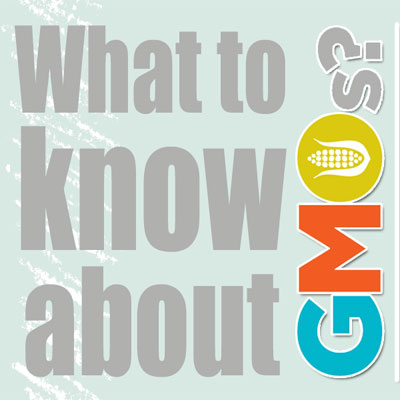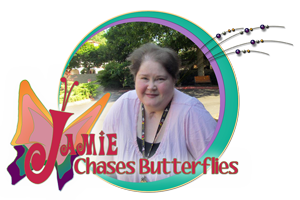 I have been procrastinating writing about GMO’s (genetically modified organisms) for several months. Karen and Summer from Wellness Works NW gave me this hard topic to research and to write about. There is so much information, from the good things about it, to the fears that are associated with it, to why we shouldn’t eat it. It’s all complicated and confusing. How is a consumer supposed to make a decision about their wellness with so much information to swim through?
I have been procrastinating writing about GMO’s (genetically modified organisms) for several months. Karen and Summer from Wellness Works NW gave me this hard topic to research and to write about. There is so much information, from the good things about it, to the fears that are associated with it, to why we shouldn’t eat it. It’s all complicated and confusing. How is a consumer supposed to make a decision about their wellness with so much information to swim through?
I am going to try to go through all the information for you. Let’s start with some basic information.
A GMO is a genetically modified organism whether from a plant or an animal. This means that the microorganism genetic makeup has been modified using recombinant DNA gene splicing or transgenic technology to create a different organism. Humans have been manipulating the genes of crops for a millennia. All of our food crops have been genetically modified in some way. What makes the GMO different is the herbicide tolerance factor that they are trying to put into plants now. Eighty percent of GMO’s grown are engineered for herbicide tolerance. Sixty four countries require labeling for GMO’s, only Canada and the USA do not require labeling. GMO’s with herbicide have been around since 1994 and it is because of the growing population and the food we need to sustain the growth spurt.
- Soy is 94% GMO.
- Cotton is 90% GMO.
- Canola is 90% GMO.
- Sugar Beets are 95% GMO.
- Corn is 88% GMO.
- Hawaiian Papaya is 50% GMO.
- Zucchini and yellow squash have 24,000 acres that are GMO.
So much information. To me, as a non-scientist, eating plants or animal with roundup or other types of poisons doesn’t sound that appetizing to me, or safe. In essence we are eating poison so that we have more food. That doesn’t make too much sense to me. I get the importance of having enough food for the growing population of the world, but using a chemical called 2-4-D (an ingredient in Agent Orange) doesn’t seem like a thing to do. On top of that what about the superbugs that we are now seeing because of the overabundance of poisons we are using?
We don’t know what the health issues will arise from humans eating these plants and animals. We know from tests that are being performed on animal that these animals end up with these issues:
- Allergic reactions especially soy allergies
- Impaired digestion
- Having serious immune reactions to formerly harmless foods
- Sterility
- Excessive cell growth
- Toxicity
- Antibiotic resistance
- Immune suppression
- Cancer
- Loss of nutrition
You are probably asking yourself, like I did, how do you avoid GMO’s if our food system is so inundated with infected foods? According to Center For Food Safety there are 3 things you can do.
Here are their suggestions:
- Avoid at risk ingredients such as Soy, Corn, Beet sugar, Canola, and Cotton. Products that list for example anything other than Natural cane sugar is more than likely from beet sugar.
- Buy organic foods. When you buy a product that says, “Made with Organic ingredients,” that only means 70 percent of it is organic, the rest is from GMO’s. That means when you buy soup, make sure it says 100 percent organic on the label.
- Look for non-GMO labels on the products you buy. In my opinion, I would be careful of GMO products. I know for me, since I am poor. Buying only organic products and grass feed beef and range free chickens is not something I can do at this point in my life. Yet, I love grocery stores like The Grocery Outlet where I can purchase organic, gluten free, grass feed, free range, and important healthy ingredients on a cheaper scale than let’s say Fred Meyers. I wish the United States would label their food better letting us know which products are GMO’s and which aren’t. Until that happens, the three suggestions above are our best bet.
Be well. Breathe deep often. Until next time.
Here are the links I’d like to share with you:
Jamie Holloway lives in the Portland, Oregon area. Since October 2011 she has been sharing her Journey Toward Health and Wellness with Vasculitis through her blog at JamieChasesButterflies.com. As most of her articles will be about Men’s Health, Jamie intends to write her articles as though she was sharing important information with her brother, nephews and friends. We hope you are as inspired as we are with the raw candor Jamie uses in her writing.
lives in the Portland, Oregon area. Since October 2011 she has been sharing her Journey Toward Health and Wellness with Vasculitis through her blog at JamieChasesButterflies.com. As most of her articles will be about Men’s Health, Jamie intends to write her articles as though she was sharing important information with her brother, nephews and friends. We hope you are as inspired as we are with the raw candor Jamie uses in her writing.





 Please wait...
Please wait...